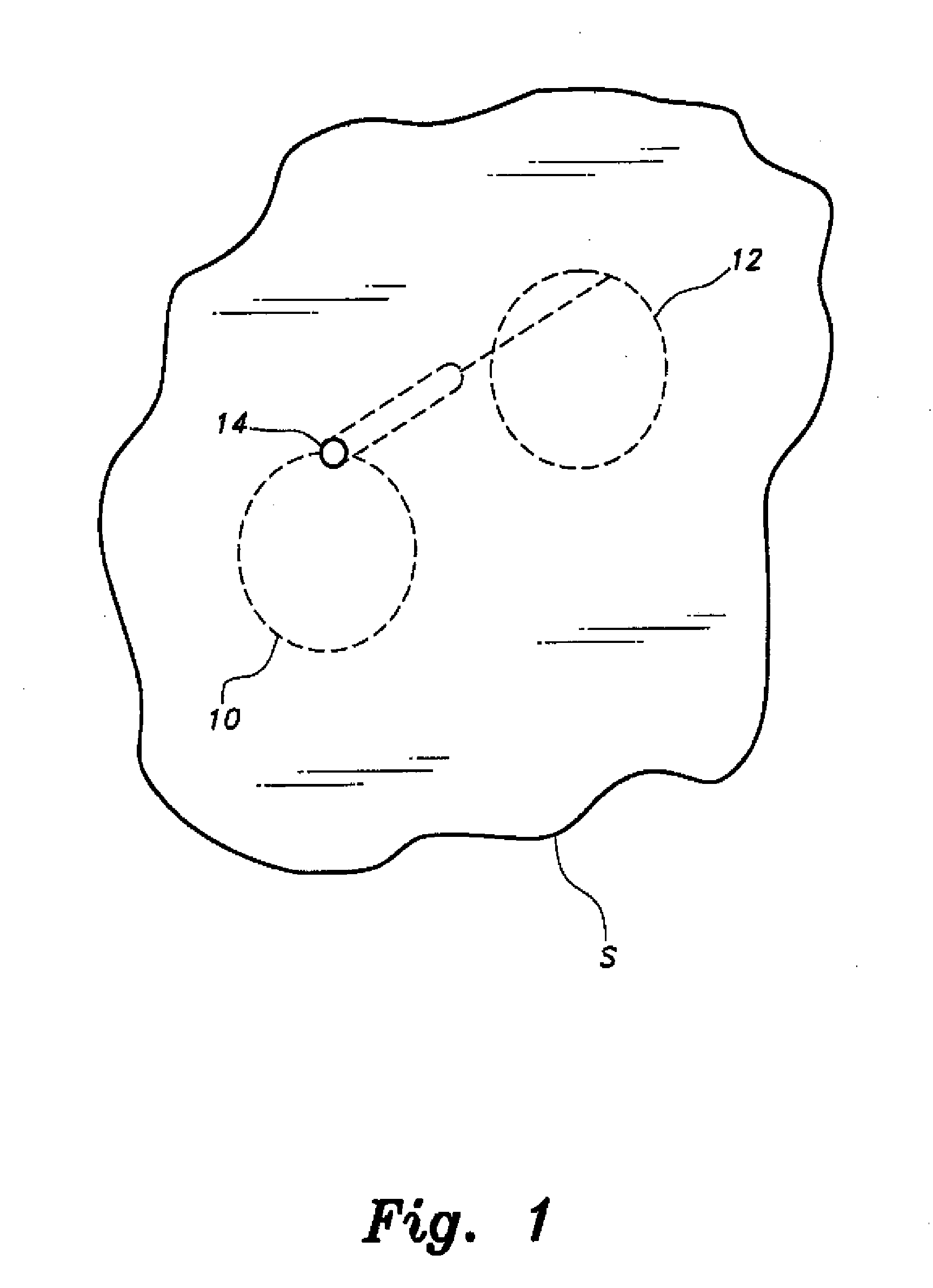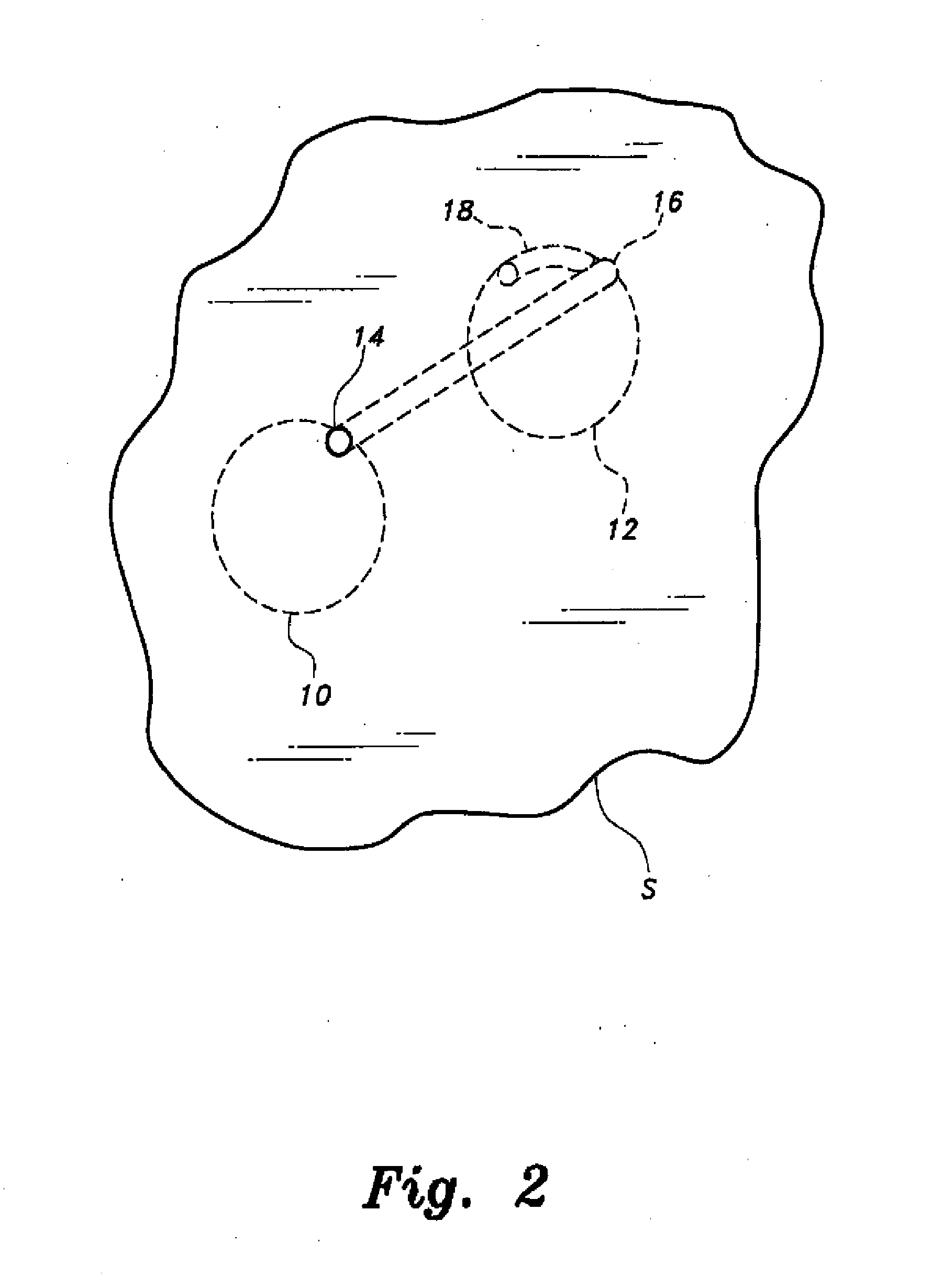Method for wire saw excavation
a wire saw and excavation method technology, applied in the direction of metal sawing apparatus, cutting machines, dislodging machines, etc., can solve the problems of destroying the core material being removed, affecting the excavation effect, so as to reduce the time, effort and expense.
- Summary
- Abstract
- Description
- Claims
- Application Information
AI Technical Summary
Benefits of technology
Problems solved by technology
Method used
Image
Examples
Embodiment Construction
[0030]The method for wire saw excavation according to the present invention requires only a single downhole to be drilled or otherwise formed into the substrate from which a core of material is to be cut and removed. The requirement for only a single downhole greatly reduces the time, effort, and cost involved in the extraction of a core of material from a hard substrate, such as solid rock or concrete. Moreover, the resulting solid core may be extracted in blocks or other forms having economic value. For example, when marble material is cut, the core may be removed as a solid marble block and used to form building material, for sculpture, etc.
[0031]FIG. 1 of the drawings provides a schematic perspective view of a planned core cut and extraction from a substrate S. The initial step in the core cutting and extraction method is illustrated in FIG. 1, i.e., the shape of the periphery of the core to be cut has been indicated both on the face of the substrate (as indicated by the dashed ...
PUM
| Property | Measurement | Unit |
|---|---|---|
| diameter | aaaaa | aaaaa |
| diameter | aaaaa | aaaaa |
| depth | aaaaa | aaaaa |
Abstract
Description
Claims
Application Information
 Login to View More
Login to View More - R&D
- Intellectual Property
- Life Sciences
- Materials
- Tech Scout
- Unparalleled Data Quality
- Higher Quality Content
- 60% Fewer Hallucinations
Browse by: Latest US Patents, China's latest patents, Technical Efficacy Thesaurus, Application Domain, Technology Topic, Popular Technical Reports.
© 2025 PatSnap. All rights reserved.Legal|Privacy policy|Modern Slavery Act Transparency Statement|Sitemap|About US| Contact US: help@patsnap.com



